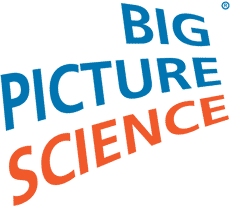 I am addicted to podcasts lately. I wake up in the morning and start listening to them immediately. After some in-depth research I think it’s worth sharing my top science/sustainability podcasts. Feel free to share your favorites as well! I do prefer to get entertained as I generally listen while writing, running, driving, or cooking. These are also mostly short in length (I think only one is around an hour) and all have charismatic hosts – the ones marked with a { } are explicit but also very funny!
I am addicted to podcasts lately. I wake up in the morning and start listening to them immediately. After some in-depth research I think it’s worth sharing my top science/sustainability podcasts. Feel free to share your favorites as well! I do prefer to get entertained as I generally listen while writing, running, driving, or cooking. These are also mostly short in length (I think only one is around an hour) and all have charismatic hosts – the ones marked with a { } are explicit but also very funny!
-
- Big Picture Science: One recent episode was all about how one animal’s poison might actually be a cure for another. The podcast isn’t dry and is all about storytelling is a modern fashion.
- Science … sort of: You’ll enjoy listening to the paleopals (!) as they attack sometimes awkward conversations on topics
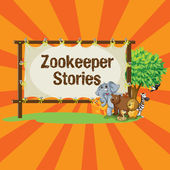 from The Tragedy of the Commons and author Abby Howard. I cannot wait to track down a copy of Dinosaur Empire! Journey through the Mesozoic Era.
from The Tragedy of the Commons and author Abby Howard. I cannot wait to track down a copy of Dinosaur Empire! Journey through the Mesozoic Era. - Zookeeper Stories: This one is perfect for the car ride with the kids. Lots of the zookeeper’s have entertaining stories that will keep you laughing and wishing you asked more questions your last time at the zoo.
- Sustainable World Radio – Permaculture and Ecology Podcast: Jill Cloutier has been
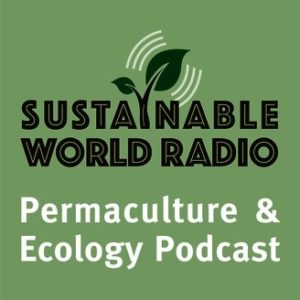 interviewing experts – teachers, designers, environmentalists – from around the globe. She knows how to make each interview compelling and worth your time.
interviewing experts – teachers, designers, environmentalists – from around the globe. She knows how to make each interview compelling and worth your time. - A Sustainable Mind Podcast: What I like about the approach from Marjorie Alexander is her ability to connect with anyone she is interviewing and create action project ideas that are realistic.
 She’s the most inspiring on my list and a good Monday morning listen!
She’s the most inspiring on my list and a good Monday morning listen! - Infinite Earth Radio: This is another superb podcast for inspiring change. It’s more civic action than changing behaviors though so you’ll have to bring some of the
 ideas to your local Facebook group and get organized for town hall meeting.
ideas to your local Facebook group and get organized for town hall meeting. - {Probably Science: All I can say is that there was a conversation on a recent episode about how great an oyster would be as a therapist. Please do not listen with the kids around.}
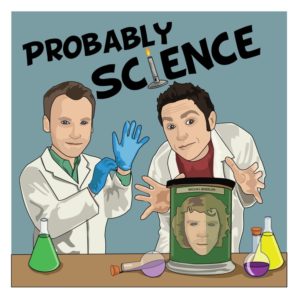 Do you have any favorites that are your go-to? How about ones focused on gardening or education?
Do you have any favorites that are your go-to? How about ones focused on gardening or education?
If you’re already a regular subscriber – thank you! If not, please take the time to add your email address to the subscribe option at the top of the right hand column. Don’t forget to follow on Twitter, Instagram, or Facebook.





 My mom is coming next week so it’s time to get serious with the floors. This stuff is magic on hardwoods and even helped get rid of some scuffs from the move (when I switched furniture six or seven times) and my dog’s paw prints. The company is based in Missouri and founded by some folks that realized floors should be clean once they had kids. They’re so right. Even though my kids aren’t crawling I’m less miserable playing on the floor with them. Join their mailing list for good deals. It’s so worth it.
My mom is coming next week so it’s time to get serious with the floors. This stuff is magic on hardwoods and even helped get rid of some scuffs from the move (when I switched furniture six or seven times) and my dog’s paw prints. The company is based in Missouri and founded by some folks that realized floors should be clean once they had kids. They’re so right. Even though my kids aren’t crawling I’m less miserable playing on the floor with them. Join their mailing list for good deals. It’s so worth it.
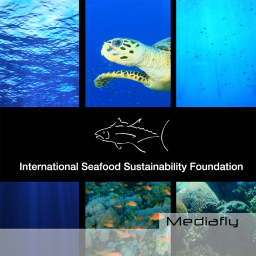








What people are saying …